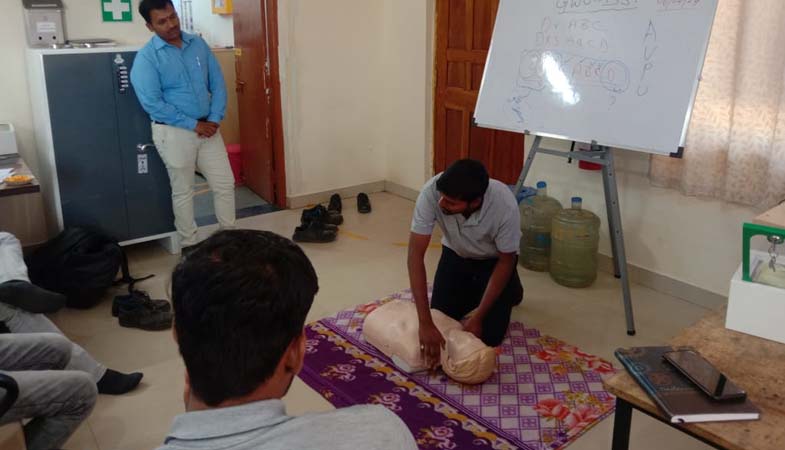
The GWO Slinger Signaller course equips participants with essential skills for safe and effective slinging and signaling operations in the wind industry. Covering topics like roles and responsibilities, proper use of lifting equipment, risk assessments, and emergency procedures, the course emphasizes safety and practical application.
The GWO Slinger Signaller course is meticulously designed to equip participants with the critical skills and knowledge required for conducting safe and effective slinging and signaling operations within the wind industry. The comprehensive program covers a range of essential topics, including the roles and responsibilities of a slinger signaller, proper use and maintenance of lifting equipment, and safe lifting techniques. Participants learn to conduct thorough risk assessments, implement effective communication methods through standard hand signals, and execute proper rigging and slinging techniques to ensure load stability. With a strong emphasis on safety, the course also addresses emergency procedures and provides practical exercises and simulations to reinforce learning. Upon successful completion, participants are well-prepared to handle the complexities of lifting operations, ensuring compliance with industry safety standards and contributing to the overall safety and efficiency of wind energy projects.
Upon successful completion, participants will receive GWO SLS Training certification.
- Understanding the duties and responsibilities of a slinger signaller. Coordination and communication with other team members.
- Familiarization with various types of lifting equipment and accessories, such as slings, shackles, and hooks. Inspection and maintenance of lifting equipment.
- Safe lifting techniques and practices to avoid accidents and injuries. Calculating load weights and determining the correct lifting method.
- Proper rigging and slinging techniques for different types of loads. Securing loads to ensure stability during lifting operations.
- Standard hand signals used in slinging and signaling operations. Effective communication methods between the signaller and crane operator.
- Conducting risk assessments before lifting operations. Implementing safety procedures to mitigate potential hazards.
- Recognizing and responding to emergencies during lifting operations. Understanding emergency stop procedures and signals.
- Hands-on practice in slinging and signaling in a controlled environment. Simulating real-life lifting scenarios to reinforce learning and build confidence.
